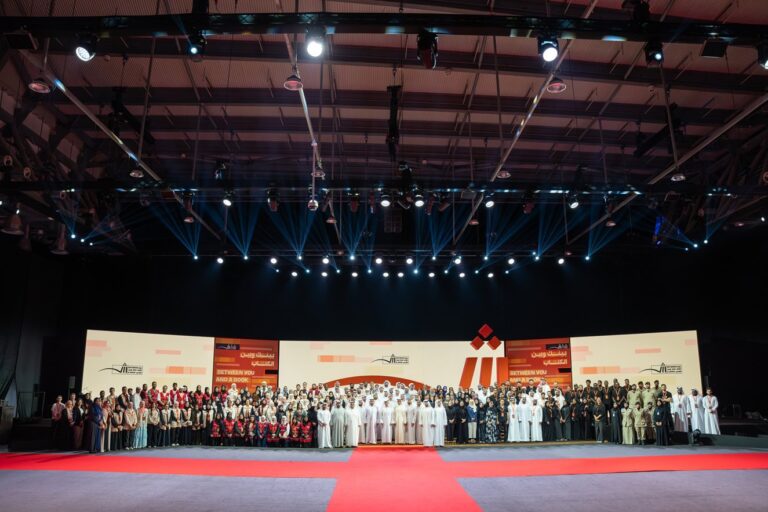You could almost feel the shift in the atmosphere the moment King Abdullah II arrived. It wasn’t just another polite exchange of handshakes; the whole two-day affair pulsed with something far more substantive than just diplomatic cordiality. Of course, the Prime Minister offered all the right words about our long-standing friendship—and he meant them, I’m sure—but for someone watching the proceedings closely, like myself, it was the forensic, almost microscopic attention paid to our defense muscle that really captured the story. That was the element that felt vital, immediate, and utterly essential to understanding the trip’s real strategic weight. The detailed itinerary—dedicated so extensively to defense industrial output and joint combat readiness—moves this crucial relationship beyond mere historical affection and places it firmly in the contemporary crucible of global military collaboration.
In our estimation, the highest validation of this visit lay in the discerning eye of the royal guest. The King, himself a formidable soldier, dedicating substantial time to touring Global Industrial & Defence Solutions (GIDS) alongside an integrated civil-military delegation, confirms an essential reality: Jordan sees a viable, advanced, and indispensable strategic partner in Pakistan’s defense sector. This signals not merely an interest in procurement, but a trust in our indigenous production and technological innovation, pointing toward genuine bilateral technological cooperation that could underpin a modern regional security arrangement. We cannot afford to miss the significance of this profound vote of confidence.
Further solidifying this commitment was the stunning professional display at the Tilla Field Firing Ranges. As onlookers, we saw the culmination of extensive training—an integrated, multi-domain exercise featuring precision airpower, spectrum warfare, and the application of cutting-edge multi-purpose drones. This demonstration was not just theatre; it was evidence. It was an objective affirmation that the standards of training, professionalism, and operational readiness within the Pakistan Armed Forces are world-class and fully capable of prosecuting the kind of integrated, sophisticated conflict necessary in the 21st century.
Crucially, we note the importance of the internal and external messaging encapsulated by the military command structure during the visit. The visual amplification of COAS Field Marshal Syed Asim Munir—often depicted alongside the King and immersed in high-level defense discourse—served as an emphatic statement. To our international partners, this showcases unreserved, military-to-military trust between highly respected peers. Domestically, it clearly reinforces the disciplined institutional stability led by the Field Marshal, confirming that Pakistan’s strategic alliances are being cultivated by an empowered, competent leadership determined to realize a “stable and peaceful region.” This disciplined projection of power and authority is necessary to our national narrative.
The solemn recognition extended by King Abdullah II in conferring the Order of the Military Merit of First Degree upon the Field Marshal serves as final, official confirmation. This is an honor that acknowledges the significant, personal efforts by COAS Munir to reinforce the strategic link between our two nations. It tells us that the foundational brotherhood between Pakistan and the Hashemite Kingdom is now reinforced by a powerful and contemporary security agenda.
In a shifting geopolitical landscape, this Jordanian alignment offers us more than comfort; it provides a model. It attests to our nation’s industrial viability, its professional capabilities, and the diplomatic foresight of our command. This visit should not be viewed as mere pageantry, but as a robust and essential reaffirmation that our foreign policy is successfully translating military prowess into reliable, deep-seated strategic partnership.





